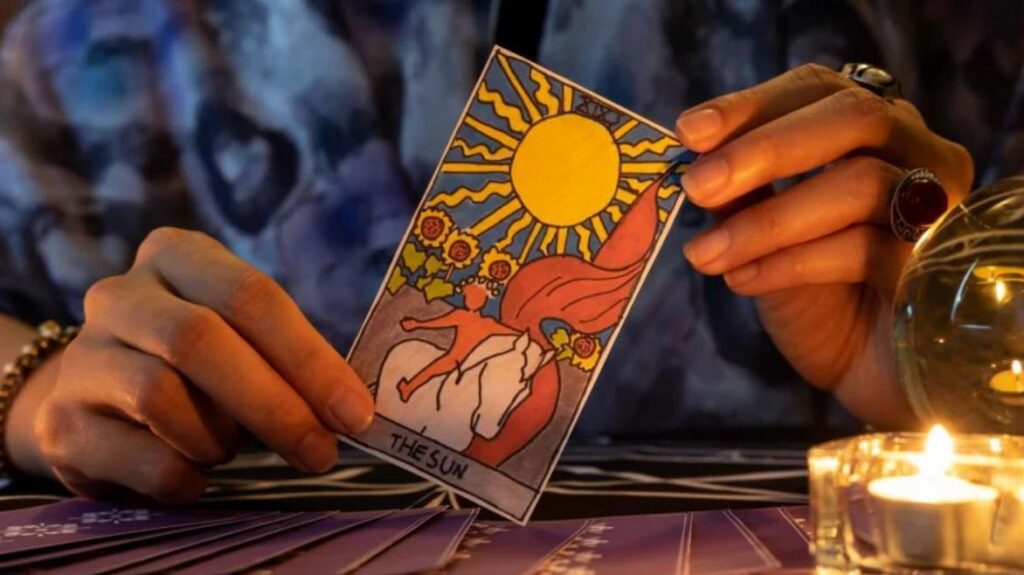Designing a tarot deck is an exciting and creative endeavor. Whether you’re a tarot enthusiast or a tarot card manufacturer specializing in custom tarot cards, creating a unique and visually appealing deck requires careful consideration. In this article, we will explore the key factors you should pay attention to when designing a tarot deck. So let’s dive in!
Choosing the Theme and Artistic Style
Theme Selection
The first step in designing a tarot deck is choosing a theme that resonates with your vision. Think about the overall message and emotions you want your deck to convey. Will it be traditional, mystical, or modern? Consider themes like nature, fantasy, astrology, or even a specific cultural or historical period. Remember, the theme sets the tone for the entire deck and influences the artwork, symbolism, and card meanings.

Artistic Style
The artistic style you select plays a vital role in creating an engaging and visually appealing tarot deck. Decide whether you prefer realistic illustrations, abstract art, or a combination of different styles. Consider the colors, lines, and textures that will complement the theme and evoke the desired mood. It’s crucial to strike a balance between maintaining a cohesive style throughout the deck and ensuring each card has its unique visual identity.
Symbolism and Imagery
Symbolic Representation
Tarot cards are rich in symbolism, and each card carries a specific meaning. As a designer, it’s essential to research and understand the traditional symbolism associated with tarot. Incorporate these symbols and archetypes into your card designs, ensuring they align with the theme and resonate with the intended audience. However, don’t be afraid to infuse your interpretations and symbols into the cards, making them distinctive and personal.
Imagery and Iconography
The imagery on tarot cards plays a significant role in capturing the essence of each card’s meaning. Consider the use of symbols, animals, plants, landscapes, and human figures to convey specific concepts or emotions. Experiment with different artistic techniques and compositions to create visually captivating images. Aim for clarity and coherence in the visual storytelling of each card, allowing users to connect with the imagery intuitively.

Card Layout and Typography
Card Size and Shape
When designing a tarot deck, consider the size and shape of the cards. While the traditional tarot card size is approximately 2.75″ x 4.75″, you can explore custom sizes or shapes to make your deck stand out. However, ensure that the cards are comfortable to shuffle and handle.
Layout and Composition
The layout and composition of each card are crucial for usability and readability during a tarot reading. Decide on the arrangement of elements such as symbols, numbers, titles, and imagery on the cards. Ensure that the placement of these elements allows for easy interpretation and navigation.
Typography
Choosing the right typography is essential to complement the overall design and enhance legibility. Select fonts that align with the theme and artistic style of the deck. Consider factors such as readability, font size, and spacing between letters and lines. Experiment with different fonts for titles, card descriptions, and numbers to create a harmonious and engaging design.

Quality and Printing Considerations
Card Stock and Finish
To ensure a high-quality tarot deck, pay attention to the choice of card stock and finish. Consider factors such as thickness, durability, and flexibility. Matte and glossy finishes provide different visual effects and tactile experiences. Select the option that best suits your design and user preferences.
Printing Techniques
Collaborate with a reputable printing company experienced in producing tarot decks. Discuss the available printing techniques and options that align with your design vision. Some common printing techniques for tarot decks include offset printing, digital printing, and screen printing. Each technique has its advantages in terms of color vibrancy, detail reproduction, and cost-effectiveness. Choose the printing technique that best suits your budget and desired outcome.
Packaging and Guidebook
Consider the packaging and guidebook that accompany your tarot deck. The packaging should be sturdy, visually appealing, and reflect the overall theme and style of the cards. A well-designed guidebook is essential for users to understand the meanings and interpretations of each card. Provide clear and concise explanations, along with suggestions for different card spreads and readings.
Conclusion
Designing a tarot deck is a creative and intricate process that requires attention to various factors. By carefully selecting the theme, artistic style, symbolism, imagery, card layout, and typography, and ensuring quality printing, you can create a unique and captivating tarot deck. Remember to focus on creating a cohesive and meaningful design that resonates with your audience. Whether you’re a tarot enthusiast or a tarot card manufacturer specializing in custom tarot cards, these considerations will help you craft a deck that sparks imagination and provides a transformative experience for tarot readers.
If you are interested in custom tarot cards, you can also read our previous article “How Do You Make Custom Tarot Cards With Manufacturer“
Contact us for free card stock samples.
